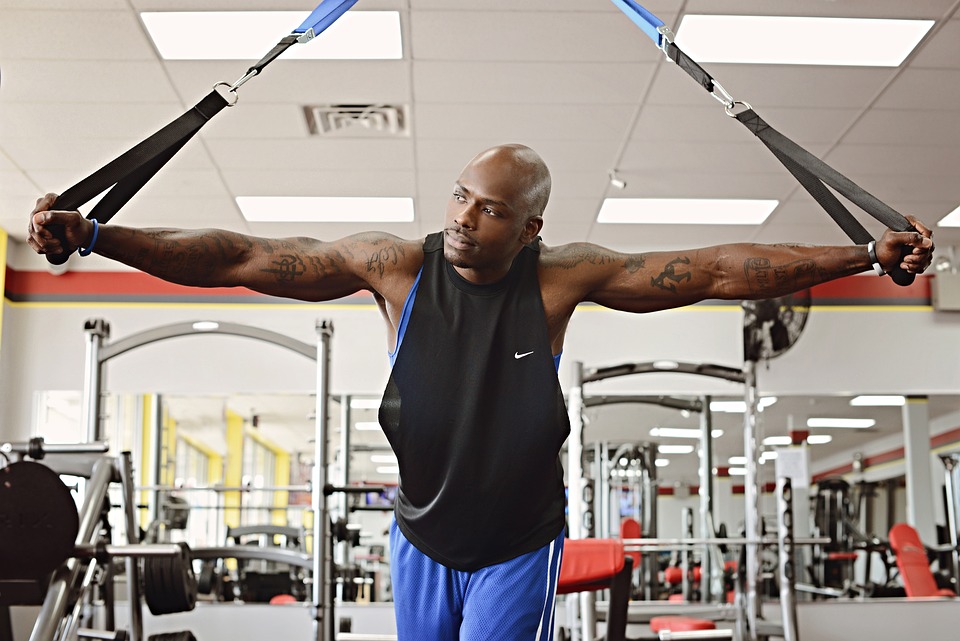Gluten-Free Fitness: Navigating the Challenges of a Wheat-Free Diet
As the awareness and understanding of gluten-related disorders have increased, the demand for gluten-free products and diets has grown exponentially. Many individuals who are gluten-intolerant or suffer from celiac disease, a condition that requires a strict adherence to a gluten-free diet, are finding it increasingly difficult to maintain an active lifestyle while still adhering to their dietary restrictions. Fitness enthusiasts who require a gluten-free diet face unique challenges, from sourcing appropriate protein supplements to navigating workout snacks that fit their dietary needs. In this article, we’ll explore the challenges of a gluten-free diet for fitness enthusiasts and offer tips on how to overcome them.
Understanding the Importance of Nutrition for Fitness
When it comes to fitness, nutrition is essential for fueling the body for optimal performance. A gluten-free diet requires careful attention to macronutrient intake, including protein, carbohydrates, and healthy fats. While many protein supplements and post-workout snacks contain gluten, finding gluten-free alternatives can be a daunting task. For those who require a gluten-free diet, it’s crucial to ensure that their protein shakes, energy bars, and snacks are free from gluten.
Navigating the World of Gluten-Free Products
The good news is that the gluten-free market has grown exponentially in recent years, with numerous brands offering gluten-free products that cater to the dietary needs of those who require a gluten-free diet. From protein powder to energy bars, gluten-free snack options are plentiful. However, it’s essential to carefully read labels and ingredient lists to ensure that products are free from gluten.
Finding Gluten-Free Workout Snacks
When it comes to fueling up during and after a workout, finding gluten-free snacks can be challenging. Many athletes rely on energy bars, protein bars, and sports drinks that contain gluten. Here are a few gluten-free workout snack options to consider:
- Energy balls made with rolled oats, almond butter, and honey
- Banana and peanut butter protein smoothies
- Quinoa energy bites
- Apple slices with almond butter
Tips for Overcoming Gluten-Free Fitness Challenges
For fitness enthusiasts who require a gluten-free diet, the key to success lies in careful planning and attention to detail. Here are a few tips for navigating the challenges of a gluten-free diet while maintaining an active lifestyle:
- Read labels carefully: When shopping for protein supplements, snacks, and other fitness products, ensure that they are gluten-free by carefully reading labels and ingredient lists.
- Experiment with new products: The gluten-free market is constantly evolving, and new products are emerging all the time. Don’t be afraid to try new brands and products to find what works best for you.
- Fuel up with healthy fats: In addition to gluten-free snacks, be sure to include healthy fats such as nuts, seeds, and avocado in your diet to fuel your workouts and support overall health.
- Consult with a healthcare professional: If you’re new to a gluten-free diet, consider consulting with a registered dietitians or a healthcare professional for personalized guidance on how to navigate the challenges of a gluten-free diet.
Conclusion
Living a gluten-free lifestyle as a fitness enthusiast can be challenging, but with careful planning, attention to detail, and a willingness to experiment with new products, it’s entirely possible to maintain a healthy, active lifestyle while adhering to a gluten-free diet. By understanding the importance of nutrition for fitness, navigating the world of gluten-free products, and finding gluten-free workout snacks, individuals who require a gluten-free diet can fuel their bodies for optimal performance and achieve their fitness goals.




GIPHY App Key not set. Please check settings